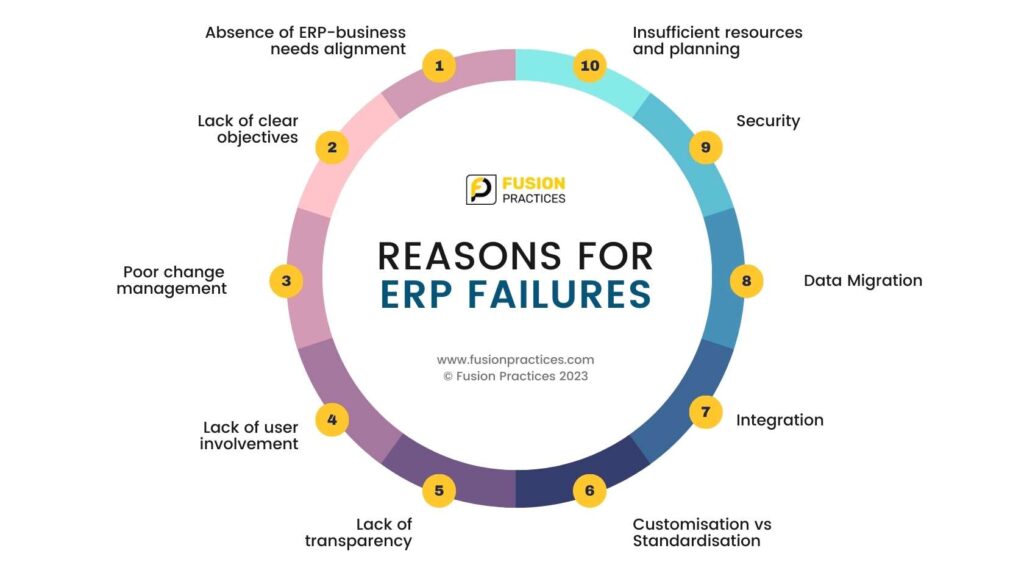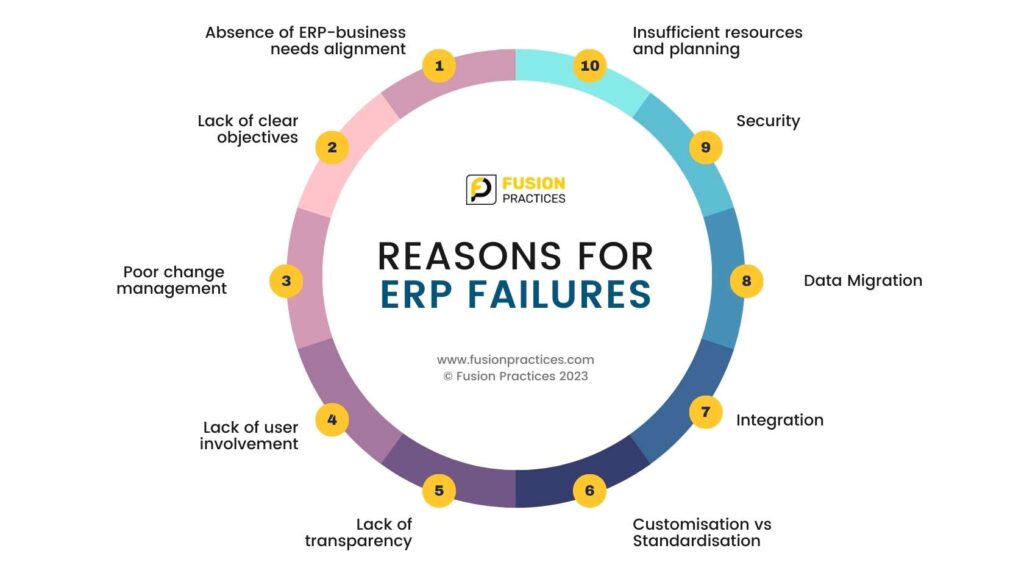Digital transformation is redefining how organizations operate in an increasingly connected world. It goes far beyond technology implementation—it’s a cultural shift that enables businesses to become more agile, data-driven, and customer-centric. By integrating digital tools into every facet of operations, companies can streamline processes, enhance decision-making, and ultimately improve performance across the board.
“Digital transformation isn’t just upgrading to new software; it’s about rethinking how business is done to create a more responsive, efficient, and innovative organization,” says Tamer Badr, owner of Singleclic. “When you truly integrate technology into your workflows, you empower every employee to work smarter and more collaboratively.”
In this article, we explore the essence of digital transformation, the benefits it brings, real-world experiences, common questions from industry leaders, and potential challenges to keep in mind. Whether you’re a seasoned executive or a manager of a small business, understanding these key elements can help you navigate the journey toward a more digital and resilient organization.
Introduction
Digital transformation involves the strategic integration of digital technology into all areas of a business. This process fundamentally changes how an organization operates and delivers value to its customers. It isn’t confined to tech companies—government agencies, educational institutions, healthcare providers, and even small businesses are embracing digital strategies to improve performance and drive growth.
At its core, digital transformation encompasses several key components:
- Automation of Processes: Using robotic process automation (RPA) and workflow management to reduce manual tasks.
- Cloud Computing: Migrating applications and data to the cloud, which allows for scalability, improved security, and cost savings.
- Advanced Analytics: Leveraging big data and AI to gain predictive insights and make informed decisions.
- Enhanced Customer Experience: Utilizing digital platforms (websites, mobile apps, chatbots) to offer personalized, real-time services.
- Cultural Change: Fostering a mindset of continuous improvement and innovation across all levels of the organization.
By reimagining internal and external processes, companies not only optimize operations but also open new revenue streams and improve overall competitiveness.
People Are Always Asking
Many leaders and professionals are eager to understand the practical implications of digital transformation. Here are some of the most commonly asked questions:
- “What exactly is digital transformation?”
- Answer: It’s the process of integrating digital technologies into all business functions, fundamentally changing how you operate and deliver value.
- “How long does the digital transformation journey take?”
- Answer: The timeline varies by organization—some initiatives show results within months, while a full-scale transformation can take years.
- “Is digital transformation only for big companies?”
- Answer: Not at all. Small and medium-sized businesses can leverage scalable cloud solutions and low-code platforms to drive change without massive upfront investments.
- “Will digital transformation replace jobs?”
- Answer: It aims to automate repetitive tasks so employees can focus on strategic decision-making and creative problem-solving, not replace them.
- “How do we ensure data security during this process?”
- Answer: By using robust encryption, multi-factor authentication, and adherence to industry regulations, digital initiatives can be secure and compliant.
These questions underline the need for clarity when embarking on digital transformation. It’s not merely an IT project but a strategic overhaul that touches every department.
Key Benefits of Digital Transformation
Digital transformation offers numerous advantages that contribute to long-term success:
- Enhanced Operational Efficiency
- Automation and Process Optimization: By automating repetitive tasks, organizations reduce errors and free up employee time.
- Streamlined Workflows: Integrated systems improve communication between departments, accelerating decision-making.
- Cost Reduction
- Lower Infrastructure Costs: Cloud-based solutions reduce the need for physical hardware and ongoing maintenance.
- Energy Savings: Efficient data centers and reduced physical footprint lead to lower energy consumption.
- Improved Customer Experience
- Personalized Engagement: Data analytics allow companies to tailor marketing, sales, and customer support to individual preferences.
- Omnichannel Services: Digital platforms enable smooth interactions across various channels—web, mobile, and in-person.
- Data-Driven Decision Making
- Advanced Analytics and AI: Real-time insights provide a clear view of operations, customer behavior, and market trends.
- Predictive Insights: Forecasting tools enable proactive adjustments to strategies, minimizing risks and maximizing opportunities.
- Increased Agility and Innovation
- Scalable Solutions: Cloud services and modular platforms allow organizations to rapidly scale operations up or down.
- Fostering Innovation: By reducing manual workloads, employees can focus more on creative solutions and new ideas.
Tamer Badr adds, “When companies align technology with business strategy, every department becomes more responsive and efficient. It’s not just an upgrade—it’s a complete rethinking of processes.”
Potential Drawbacks and Challenges
Despite the exciting prospects, digital transformation also comes with challenges that must be addressed:
- Integration Complexities
- Merging new digital solutions with legacy systems can be technically challenging and sometimes disrupt daily operations.
- Data Security and Privacy
- With increased connectivity comes the risk of cyber threats. Continuous monitoring, robust encryption, and compliance with standards are essential.
- High Initial Investment
- Although cloud solutions offer long-term savings, the upfront cost for new technology, training, and system migration can be significant.
- Resistance to Change
- Employees accustomed to traditional ways may resist new systems. Effective change management and thorough training are vital to ensure smooth adoption.
- Vendor Lock-In
- Relying heavily on a single provider might restrict future flexibility. It’s important to negotiate contracts that allow scalability and potential migration if needed.
Tip: Start with a pilot project in a non-critical department to evaluate performance, gather feedback, and adjust strategies before a full-scale rollout.
Real-World Reviews
Olivia, CIO of a Municipal Government
“Implementing cloud-based analytics transformed our service delivery. It was challenging at first integrating with existing systems, but the efficiency gains were remarkable. Our citizen satisfaction scores have improved significantly.”
Lucas, CEO of a Mid-Sized Retail Chain
“We leveraged AI tools to optimize inventory and customer engagement. The process saved us time and cut costs dramatically. Still, we had to invest in advanced cybersecurity measures to protect our new digital infrastructure.”
Sofia, Health Services Administrator
“Our transition to digital workflows allowed us to respond more quickly to patient needs. Initial implementation required extensive training, but the long-term benefits, especially in reducing errors and delays, have been well worth the effort.”
Frequently Asked Questions (FAQ)
- What is the primary goal of digital transformation?
- Answer: It aims to integrate modern technologies into business processes, enhancing efficiency, reducing costs, and improving customer engagement.
- How long does it take to see benefits?
- Answer: Depending on the organization, some efficiencies can be achieved within months, while a full-scale transformation may take years.
- Is digital transformation secure?
- Answer: With proper security measures like encryption, multi-factor authentication, and regular audits, digital solutions can be very secure.
- Can small businesses benefit from digital transformation?
- Answer: Absolutely. Scalable cloud solutions and low-code platforms make digital transformation accessible and cost-effective for smaller operations.
- What if my current systems are outdated?
- Answer: A phased integration strategy can help migrate legacy systems gradually, ensuring continuity while upgrading your technology stack.
Practical Implementation Tips
- Develop a Clear Strategy
- Define your goals and understand which processes need urgent digital upgrades. Map out a phased plan for rolling out new technologies.
- Invest in Training
- Provide continuous training and support to ensure employees adapt smoothly to new systems. A well-prepared team can drive transformation faster.
- Ensure Strong Security Protocols
- Prioritize robust cybersecurity measures to protect sensitive data. Regular audits and compliance checks are essential.
- Monitor Performance Closely
- Use KPIs to track improvements and challenges. Regularly review customer feedback and employee satisfaction to refine processes.
- Plan for Scalability
- Choose cloud-based platforms and modular solutions that allow you to expand as your organization grows without major overhauls.
Tamer Badr advises, “It’s crucial to view digital transformation as an ongoing journey. With the right strategy, training, and technological partnerships, your organization can overcome initial hurdles and enjoy long-term success.”
Conclusion
Digital transformation represents a profound shift in how organizations conduct business, combining cloud computing, automation, and advanced analytics to create a more responsive and efficient operation. Embracing this change enables faster decision-making, improves customer experiences, and reduces operational costs, thereby positioning businesses for future growth.
However, the road to digital transformation is not without its challenges. Integration with legacy systems, ensuring robust cybersecurity, and managing organizational change are critical factors that demand attention. Nevertheless, when implemented thoughtfully and strategically, digital transformation can be a game-changer, positioning organizations to thrive in an increasingly competitive environment.
In summary, the future belongs to those who continuously innovate and adapt. By balancing the advantages of scalability, efficiency, and improved service delivery with potential drawbacks like initial costs and integration complexities, organizations can successfully navigate the digital transition. The journey may be gradual, but with determined leadership and informed strategy, the rewards are substantial. Embrace digital transformation to empower your organization and build a resilient, future-ready operation that delivers unmatched value to customers and stakeholders alike.







